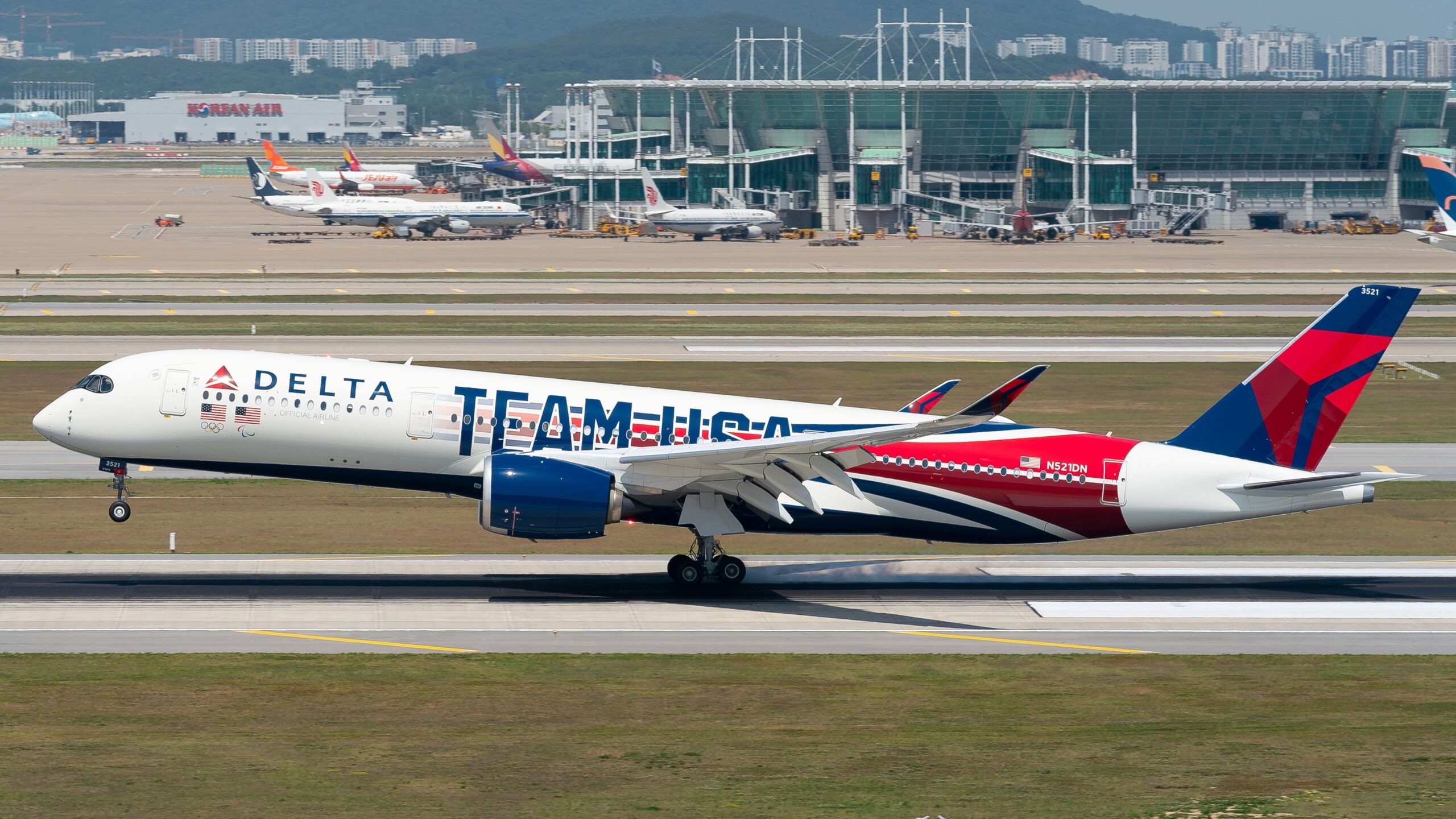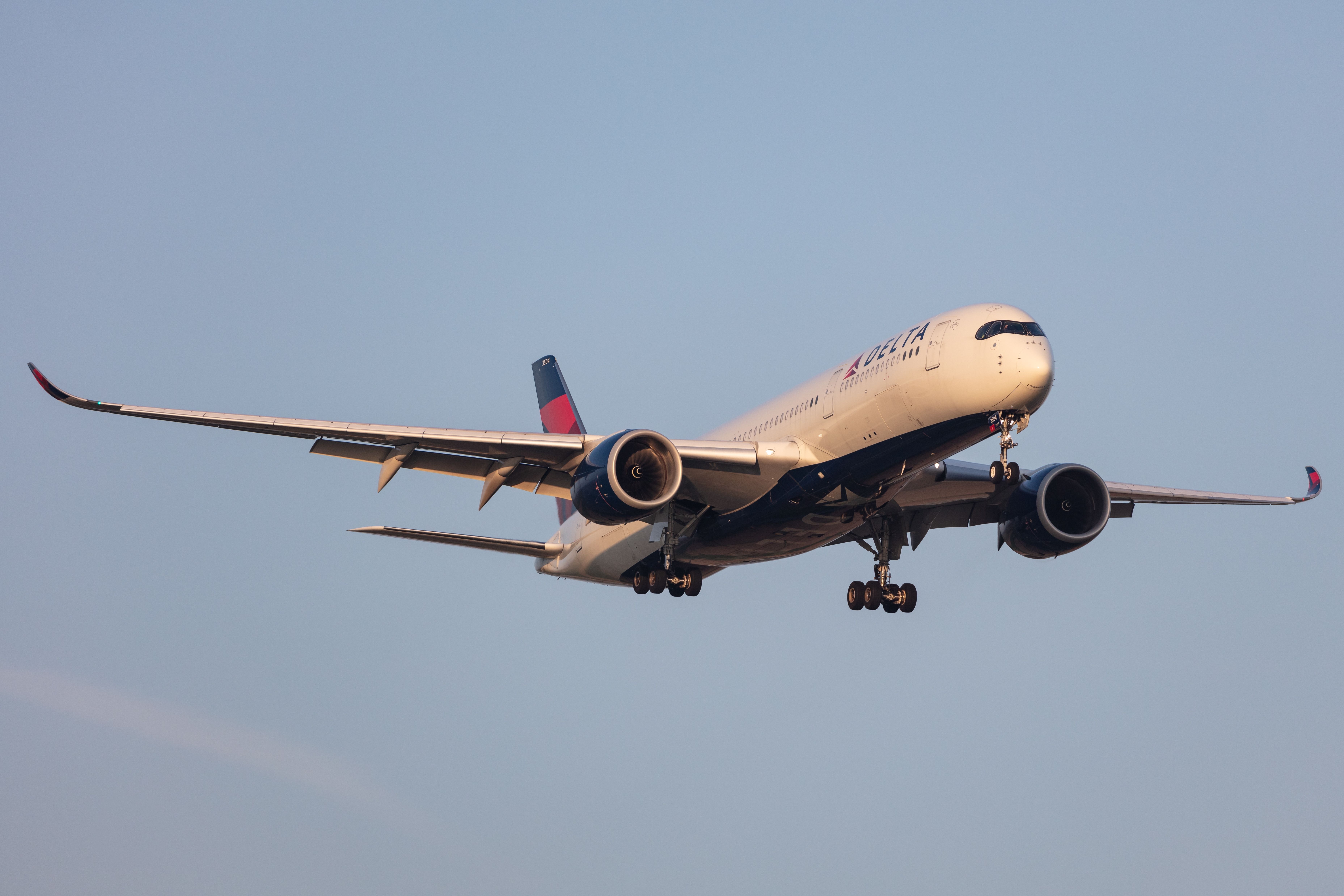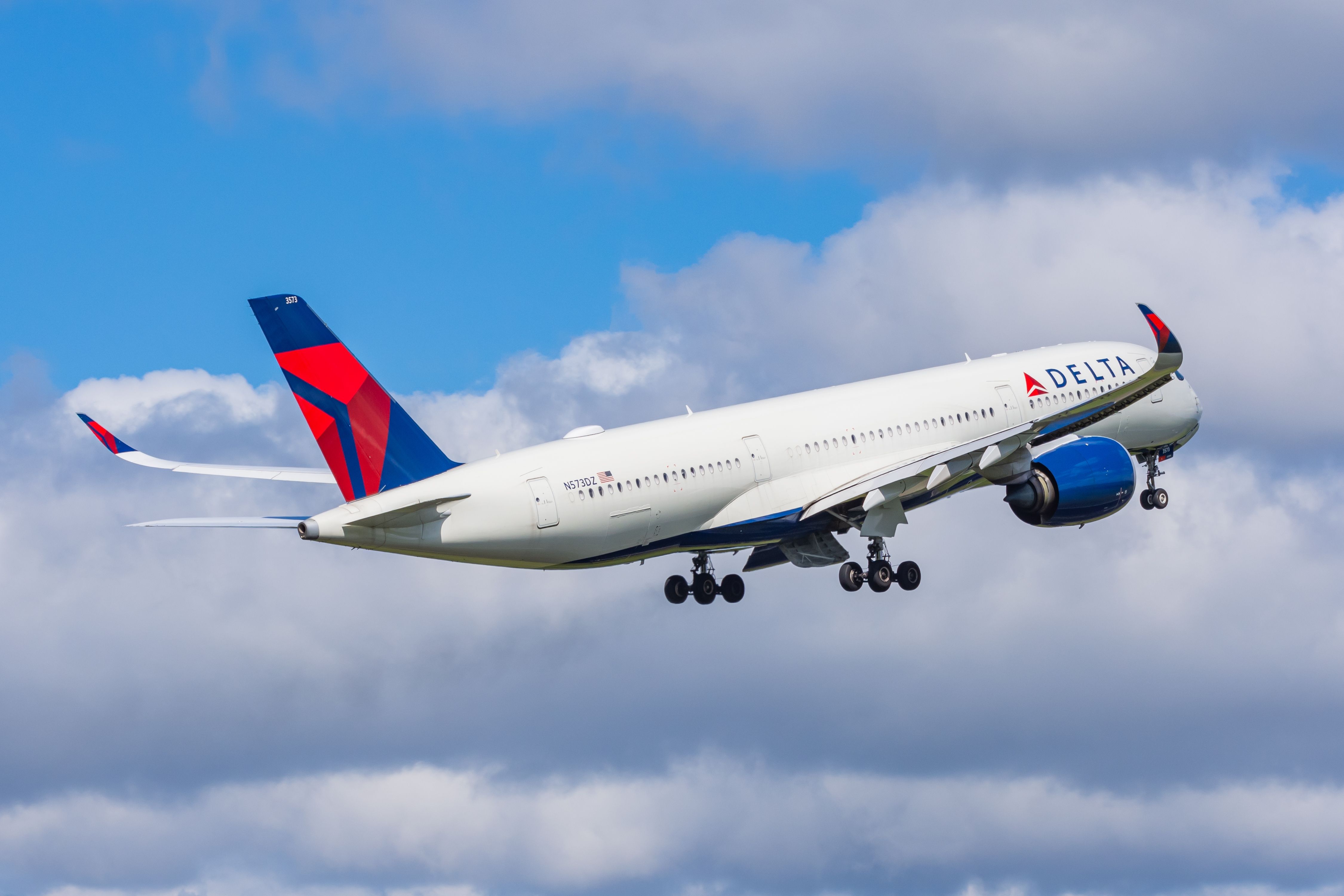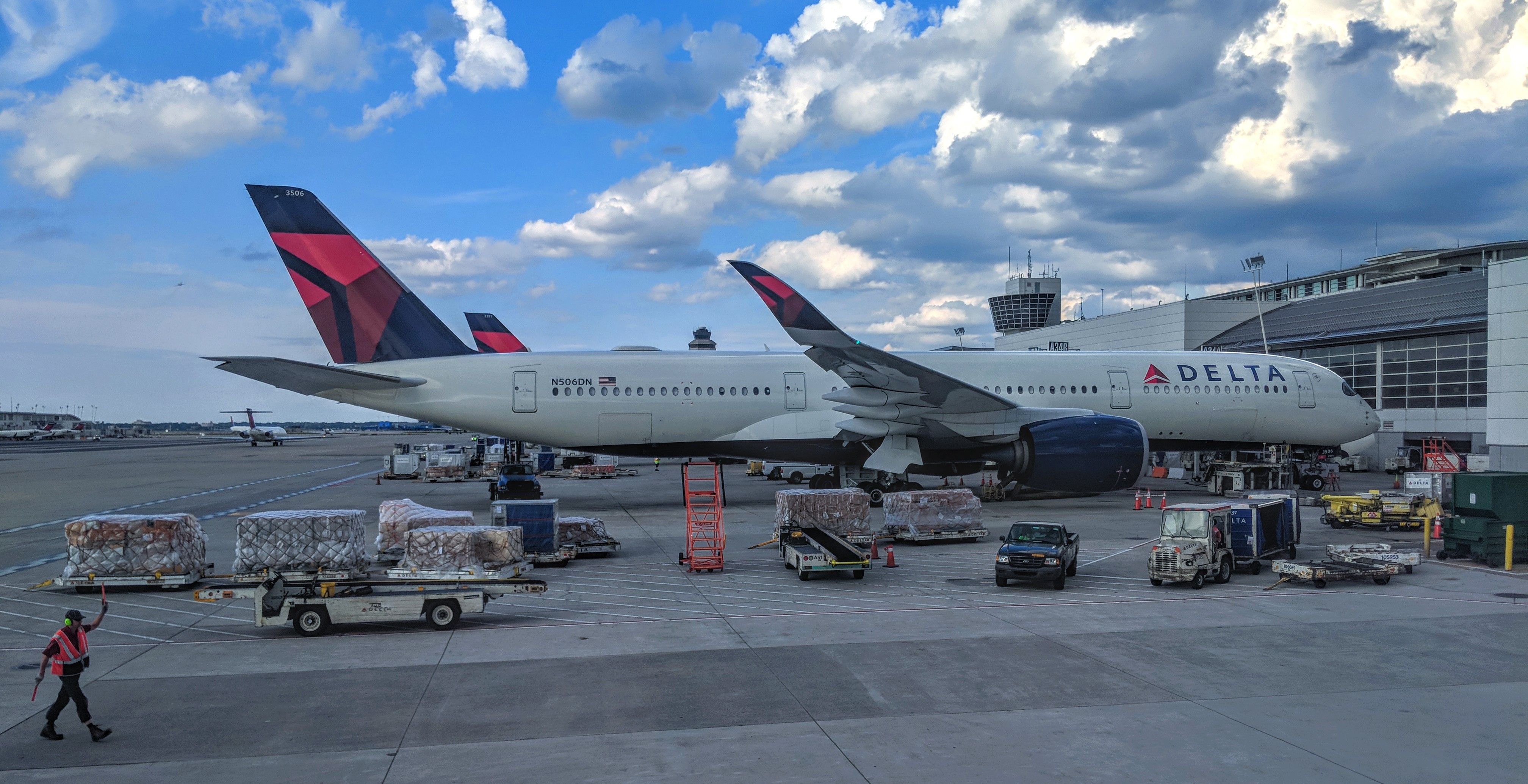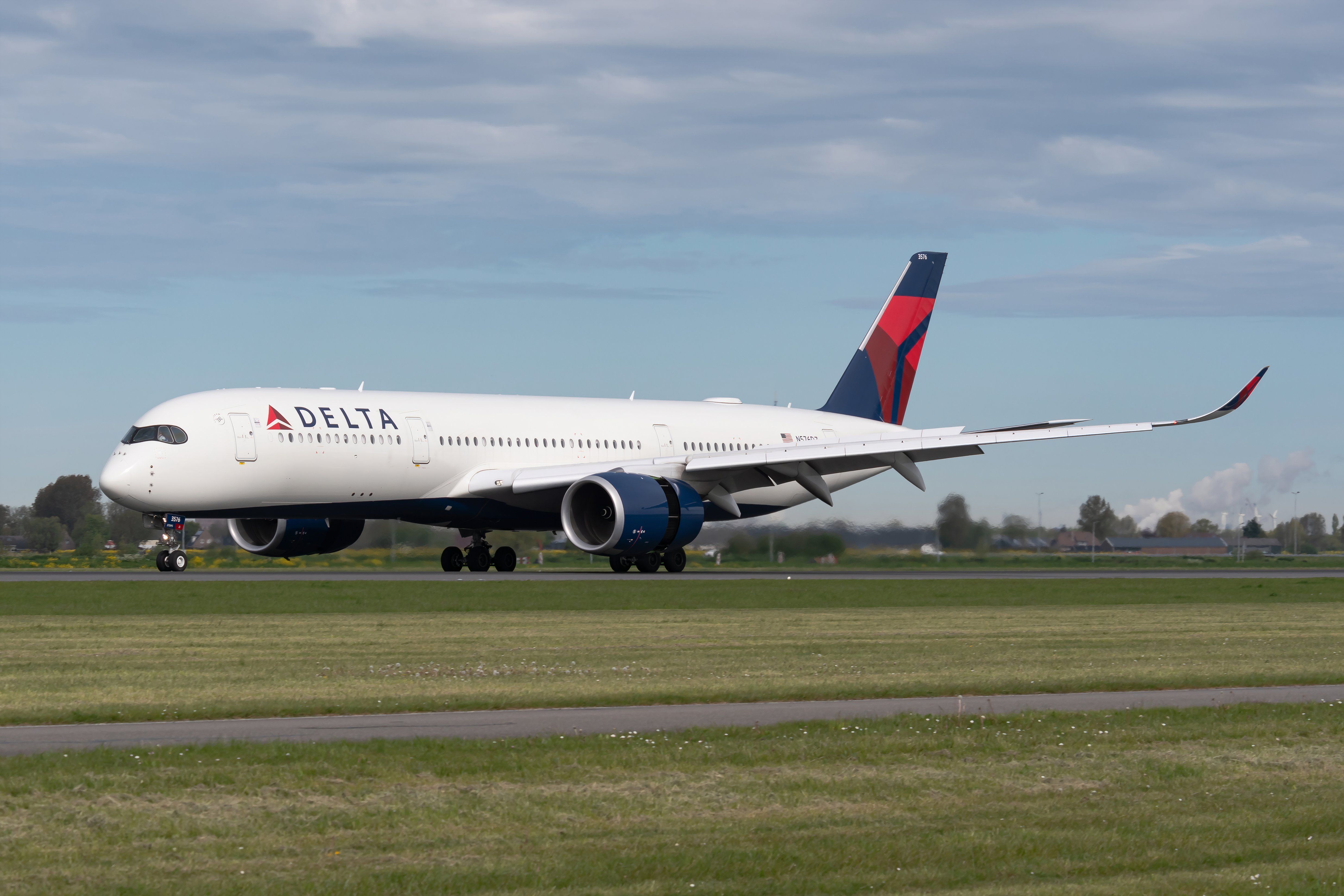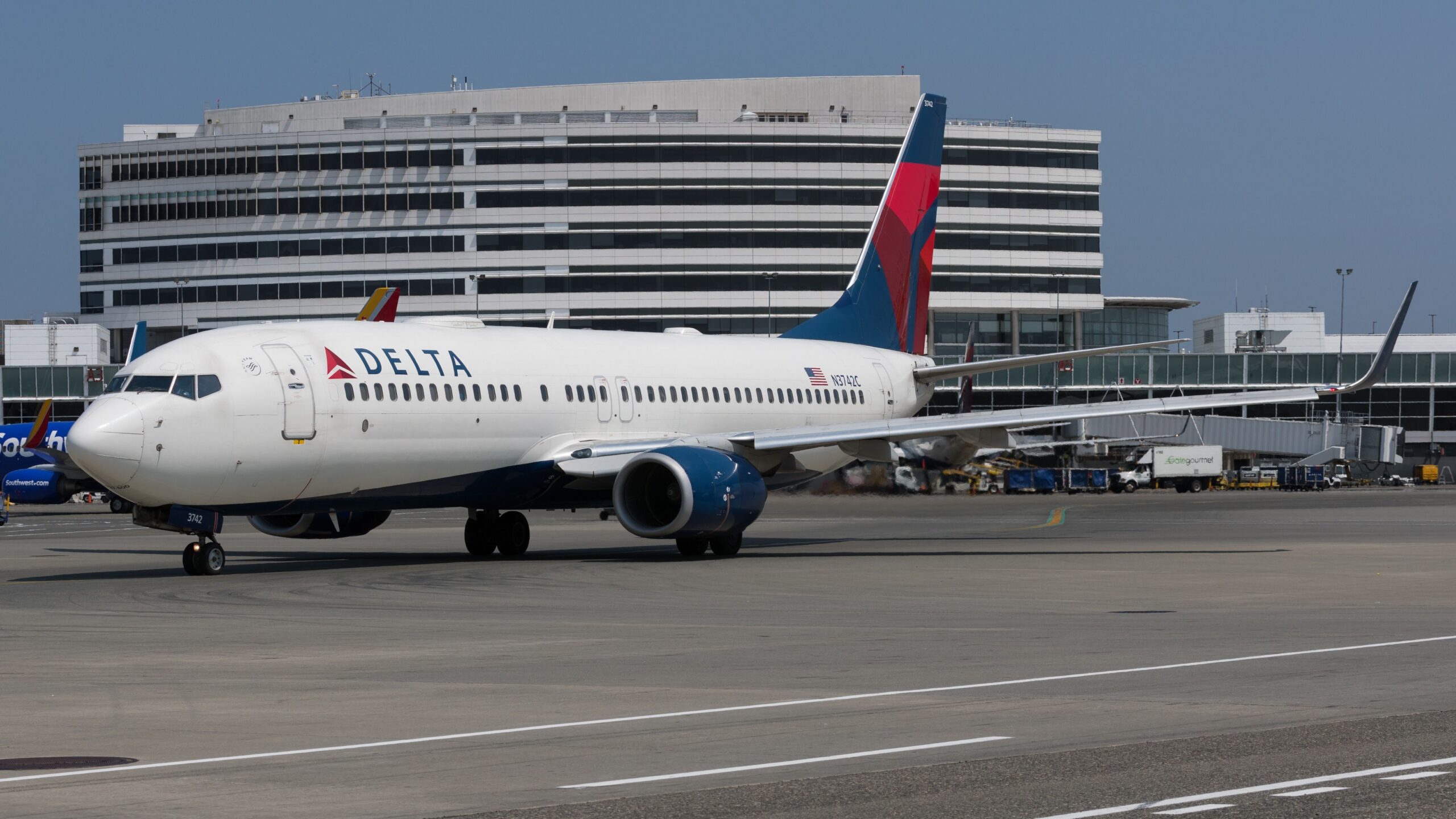Summary
- Delta strategically deploys A350s from hubs like LAX and DTW to optimize efficiency and meet market demand.
- A350 routes from hubs like Detroit to key destinations like Shanghai and Seoul emphasize strategic connections.
- By diversifying A350 routes, Delta improves operational optimization and offers passengers enhanced travel experiences.
Delta Air Lines, renowned for its vast global network, utilizes its fleet of Airbus A350 aircraft on several long-haul routes. The A350, celebrated for its fuel efficiency and advanced passenger comfort, is crucial in Delta’s international operations. However, not all of Delta’s A350 routes are centered around its primary hub in Atlanta – lets explore the A350 routes that bypass Atlanta, highlighting the strategic importance of Delta’s other hubs.
Understanding Delta’s route network rationale
Delta operates on a hub-and-spoke model, with Hartsfield-Jackson Atlanta International Airport (ATL) serving as the airline’s primary hub. However, Delta also maintains significant operations at other hubs, including Detroit (DTW), Los Angeles (LAX), Minneapolis-St. Paul (MSP), and New York (JFK).
Photo: Kevin Hackert | Shutterstock
The airline’s decision to operate A350 flights from hubs other than Atlanta reflects a strategy tailored to geographic efficiency, market demand, and operational optimization.
Key A350 routes that bypass Atlanta hub
Based on the data provided by Cirium, an aviation analytics company, several significant A350 routes do not serve Atlanta but operate from other key Delta hubs. Here’s a closer look at these routes:
-
Los Angeles (LAX) to Sydney (SYD)
- Distance: 7,487 miles
- Operations: 30
- Seats: 9,180
- Available Seat Miles (ASMs): 68,730,660
- Delta’s route from Los Angeles to Sydney is a major long-haul operation utilizing the A350. LAX is Delta’s gateway to Australia, and the A350’s range and efficiency make it the ideal aircraft for this transpacific route.
Photo: Minh K Tran | Shutterstock
-
Detroit (DTW) to Shanghai (PVG)
- Distance: 7,137 miles
- Operations: 30
- Seats: 9,180
- ASMs: 65,517,660
- Detroit is a critical hub for Delta’s Asia operations. The route to Shanghai underscores the city’s importance as a connection point between the US Midwest and Asia, leveraging the A350’s capabilities for long-haul flights.
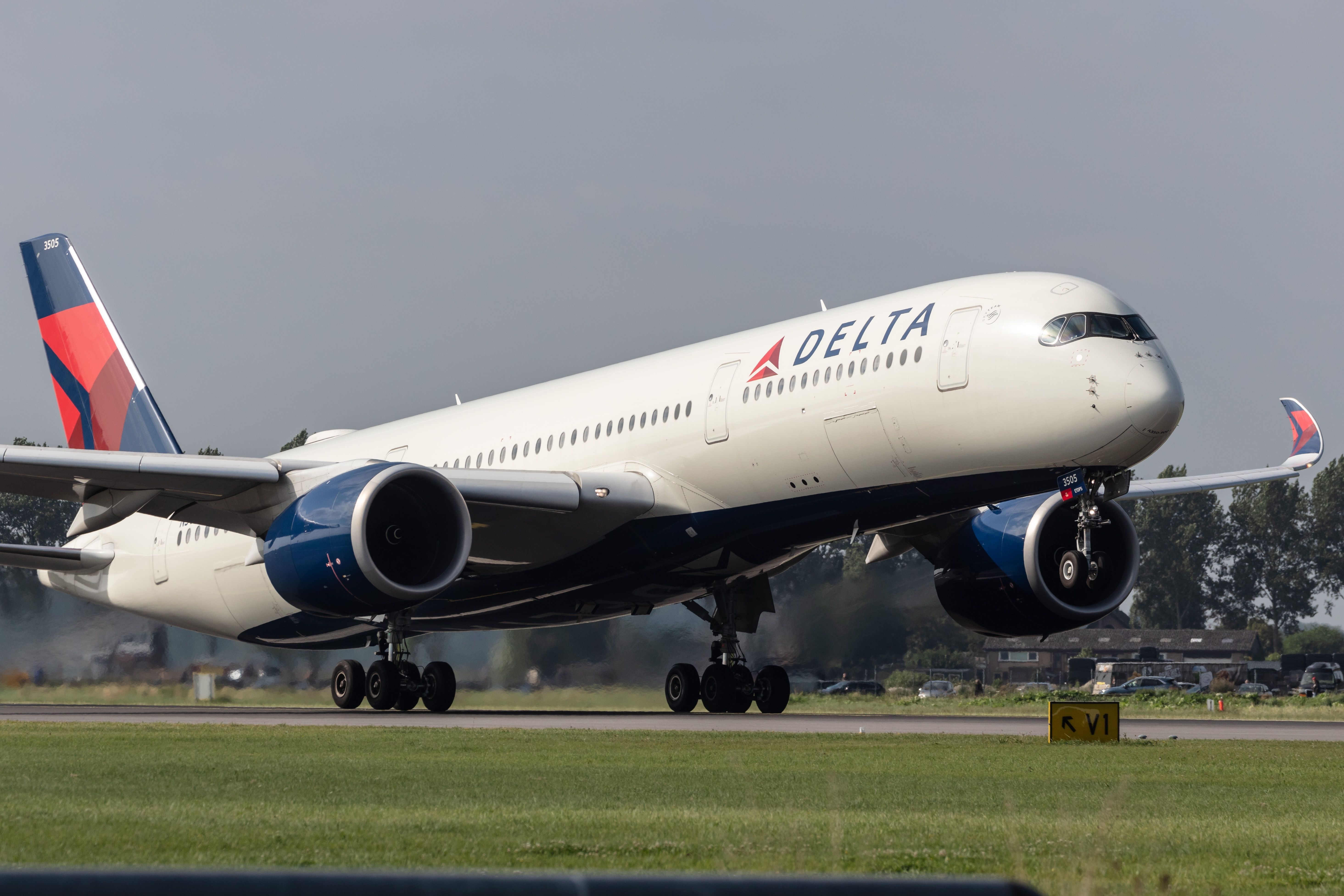
Related
Delta Air Lines CrowdStrike Meltdown: Attorneys Launch Investigation On Breach Of Fiduciary Duties
The law firm’s investigation follows several lawsuits and legal actions that began after the week-long operational meltdown at Delta Air Lines.
-
Detroit (DTW) to Seoul (ICN)
- Distance: 6,637 miles
- Operations: 30
- Seats: 9,180
- ASMs: 60,927,660
- Delta operates an A350 service between Detroit and Seoul, similar to the Shanghai route. This route highlights Detroit’s strategic role in connecting passengers to key Asian markets.
Photo: LukeandKarla.Travel | Shutterstock
-
Detroit (DTW) to Tokyo (HND)
- Distance: 6,428 miles
- Operations: 30
- Seats: 9,180
- ASMs: 59,009,040
- Tokyo is a significant destination for Delta’s A350s from Detroit. This route reflects the strong demand for business and tourism between the US and Japan.
Have you ever flown on Delta’s flagship a350? Let us know in the comments!
-
Minneapolis-St. Paul (MSP) to Seoul (ICN)
- Distance: 6,248 miles
- Operations: 30
- Seats: 9,180
- ASMs: 57,356,640
- Minneapolis-St. Paul is another key hub for Delta’s Asia-bound flights. The A350’s deployment on this route to Seoul underscores the hub’s significance in Delta’s network.
Photo: Gerard van der Schaaf | Shutterstock
-
Detroit (DTW) to Amsterdam (AMS)
- Distance: 3,940 miles
- Operations: 30
- Seats: 9,180
- ASMs: 36,169,200
- Amsterdam is a primary European gateway for Delta, with Detroit playing a vital role in connecting US passengers to Europe. The A350 is utilized on this route, reflecting its importance in Delta’s transatlantic network.
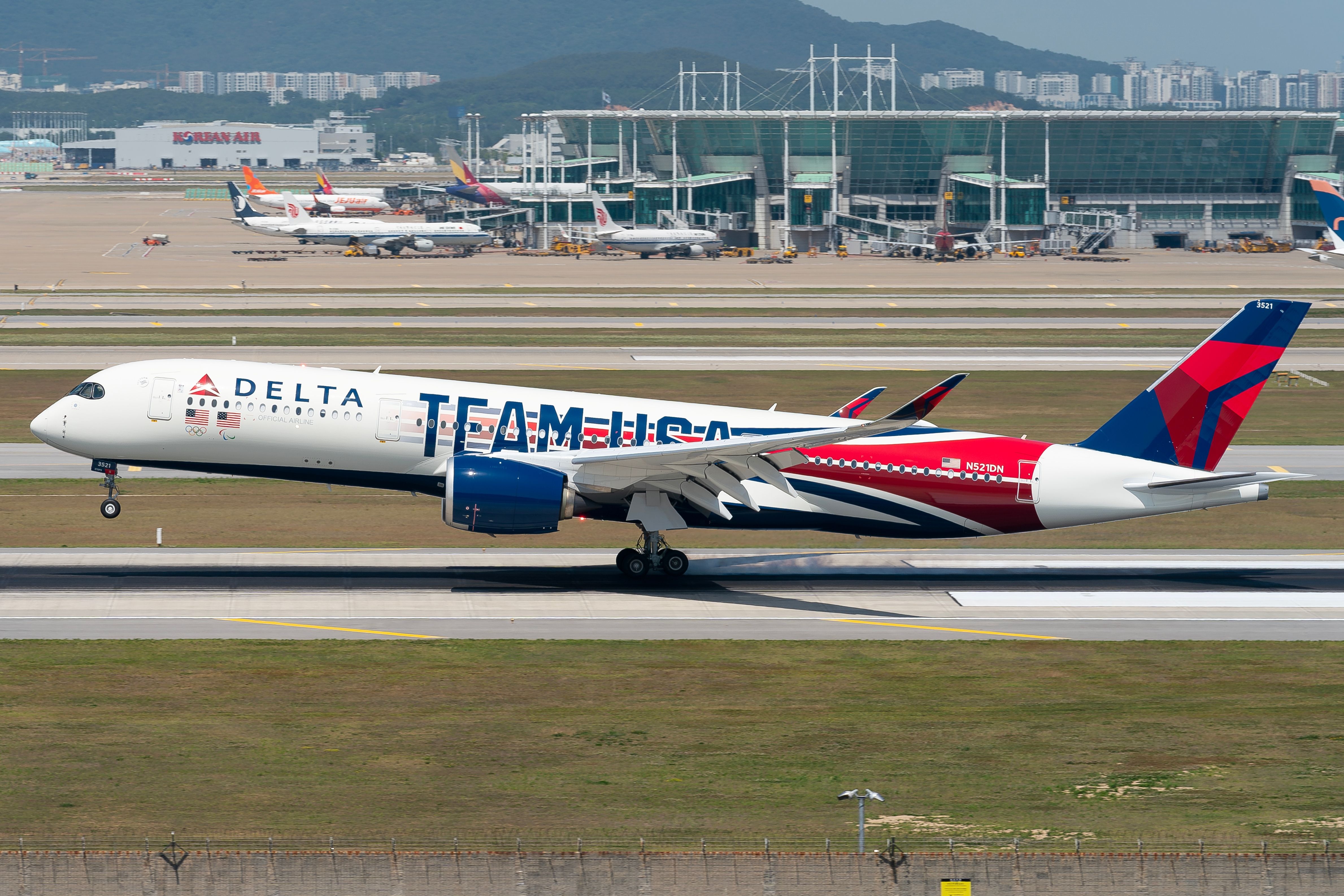
Related
Delta Extends Corporate Priority Benefits To LATAM Airlines
Delta has expanded its Corporate Priority program with LATAM, opening a whole new continent of benefits for its members.
-
Minneapolis-St. Paul (MSP) to Detroit (DTW)
- Distance: 528 miles
- Operations: 30
- Seats: 9,180
- ASMs: 4,847,040
- Although much shorter than the other routes, the MSP to DTW route showcases Delta’s flexibility in deploying the A350 on domestic legs when needed for operational reasons, such as repositioning aircraft for international flights.
Photo: Robin Guess | Shutterstock
Strategic implications of Delta’s non-Atlanta A350 routes
Several factors drive the decision to operate Airbus A350 routes from hubs other than Atlanta:
- Geographical Advantage: Operating flights from hubs closer to the destination, such as LAX for Sydney and SEA for Asian destinations, helps reduce flight time and fuel consumption, improving efficiency.
- Market Demand: Certain hubs, like Detroit, have substantial business and cultural ties to specific regions. The high demand for travel between Detroit and Asian destinations like Shanghai and Tokyo justifies the direct A350 services from DTW.

Related
“People Aren’t Going To Paris”: Why Is Delta Air Lines’ CEO Blaming The Olympics For Losing $100 Million?
Tourists are shying away from the City Of Lights this month as travelers typically headed to Paris postpone their trips till after the Games.
- Operational Optimization: By spreading its A350 fleet across multiple hubs, Delta can optimize aircraft utilization, ensuring that the A350’s capabilities are fully utilized on long-haul routes where its fuel efficiency and passenger comfort offer the most significant benefits.
- Hub Diversification: Delta’s strategy of operating A350 routes from multiple hubs reduces congestion in Atlanta and provides passengers with more direct flight options, enhancing their travel experience.
A strategic approach to long-haul flying
Delta Air Lines’ deployment of the Airbus A350 across various hubs outside of Atlanta illustrates the airline’s strategic approach to long-haul operations. By utilizing the A350’s advanced capabilities on routes that bypass Atlanta, Delta maximizes efficiency, meets market demand, and offers passengers more direct connections to global destinations.
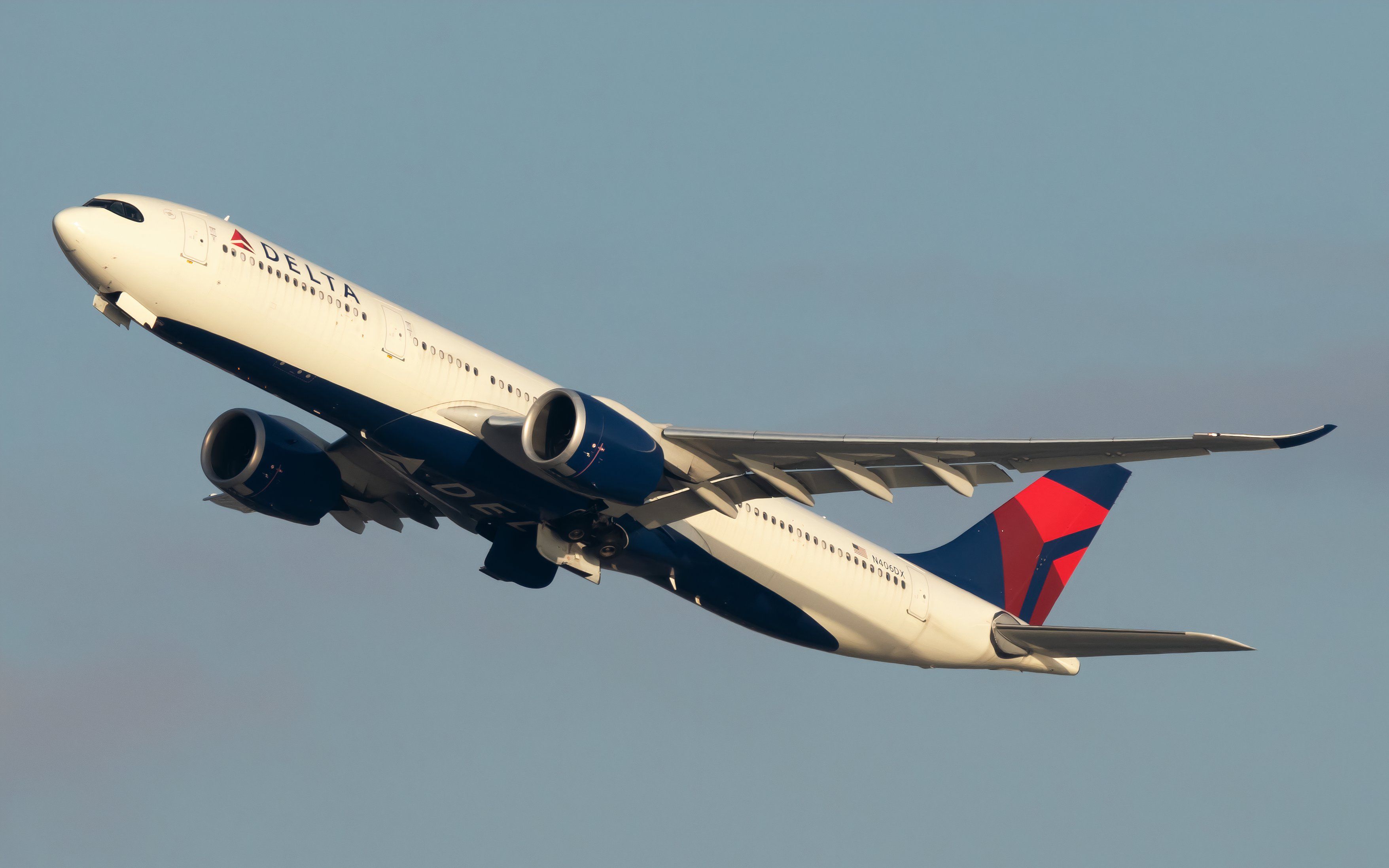
Related
Delta Air Lines To Open Airbus A330 Pilot Base At Boston Logan International Airport
Delta uses Boston as its secondary Transatlantic point of operations.
This approach strengthens Delta’s international presence and showcases the airline’s commitment to optimizing its network for operational and passenger benefits. As Delta continues to grow and evolve, its use of the A350 will likely remain a critical component of its global strategy.

